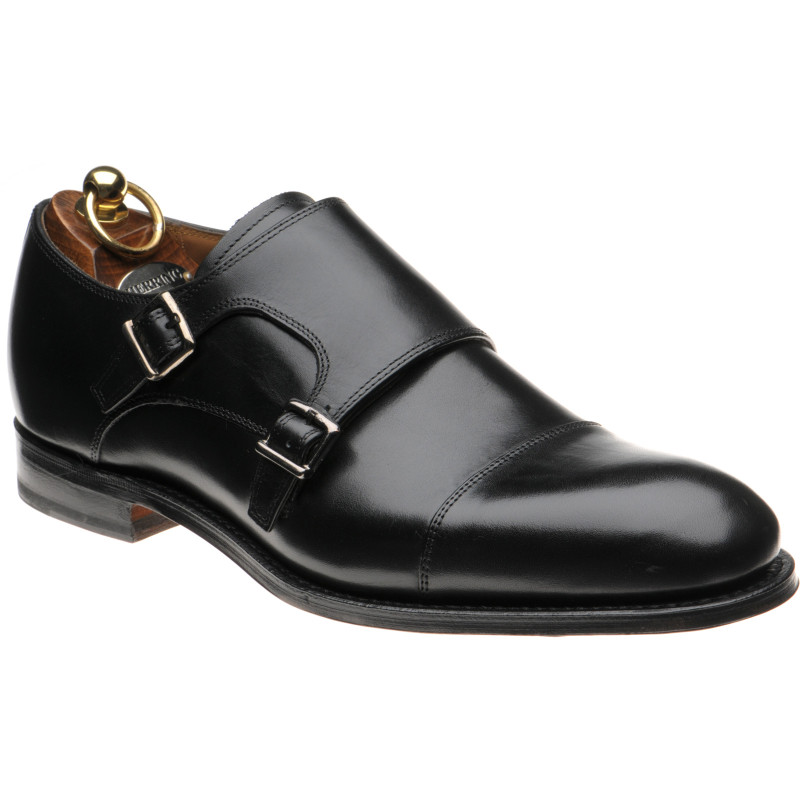The Herring Guide to Classic Monk Shoes
About Monk Shoes
We do not normally associate monks with style, but monk shoes are the exception to that rule. A well-designed pair of monk shoes can make the difference when you want to pull off a look that lies somewhere between formal and casual, with an added touch of style.
What makes the monk shoe a specific style are the tell-tale straps. This design allows for the top of the shoe to have a simple buckle closing which some people prefer to having laces flapping around. The closed, smooth nature of the design give it a formal look, but with the fun and statement of the buckle.
History of the Monk Shoe
The monk strap shoe has been around for a long time in various forms. But like so many things in footwear, the exact origins of the monk shoe have never been definitively proven. The generally accepted knowledge within our industry suggests that the shoes date back to 15th century European monks whose days were spent labouring in fields.
It is believed that these monks wore strapped sandals as their daily footwear. However, the sandals were really not appropriate for working in the fields or making long treks across rugged terrain. The monks therefore developed a closed toe version of their sandals that offered more protection.
The story goes that an English gentleman doing business with a group of monks was so enamoured by their shoes that he took a pair home with him. From those closed-toed sandals was born the modern monk shoe. Whether or not the latter part of the story is true remains a matter for speculation.
As for the modern version of the shoe, it really came into its own during the late 19th and early 20th centuries. It became a favourite among wearers looking for a casual shoe that was also both durable and stylish. It was at this time that designers began looking as much at the style of the shoe's two straps as their function.
